Sensors - the key components behind automation and control in modern industrial systems. In the increasingly complex environment of industry and automation, sensors play a vital role in collecting data, measuring technical parameters and helping to ensure the efficient operation of equipment and processes submit.
We'll begin this journey by exploring the basics of sensors, as well as how they work to convert information from their surroundings into electrical signals. At the same time, we will learn about the widespread application of sensors in the field of Automation Equipment and their important contributions to technological and manufacturing advancement.
Let's explore more deeply with Amazen about common sensor lines in today's production life!
1. What is a sensor? Sensor classification - Common types of sensors today
Sensors are devices capable of converting a form of energy from the surrounding environment into an electrical signal, providing information about parameters such as temperature, pressure, humidity, light, or other variables. other. They are commonly used for measurement, monitoring, and control in many fields, including industrial automation, medical, automotive, and many other applications.
Sensors are classified based on many different criteria, including:
-
According to the operating principle
- Electrical sensors: Based on electrical phenomena such as Hall effect, capacitive effect, thermoelectric effect,...
Optical sensors: Based on optical phenomena such as photoelectric effect, photoconductivity effect, photoluminescence effect,...
Magnetic sensor: Based on magnetic phenomena such as Hall effect, electromagnetic effect,...
Thermal sensor: Based on thermal phenomena such as thermoelectric effect, thermal resistance effect,...
Force sensor: Based on force phenomena such as electric piezo effect, magnetoelectric effect,...
Chemical sensors: Based on chemical reactions to measure the concentration and composition of chemicals.
Biosensor: Based on biological phenomena to measure biological parameters such as blood pressure, heart rate,...
-
According to the output signal
- Analog sensor: The output of the sensor is a continuous signal.
Digital sensor: The output of the sensor is a discrete signal.
-
According to the operating environment
- Sensor in atmospheric environment: Sensor operates in atmospheric environment.
Sensor in water environment: Sensor operates in water environment.
Sensor in solid medium: Sensor operates in solid medium.
Below are some common types of sensors today:
- Temperature sensor: Measures the temperature of the surrounding environment and converts it into an electrical signal. Common types include thermocouples, thermistors, and infrared sensors.
Pressure sensor: Measures the pressure of a liquid or gas and converts it into an electrical signal. Piezoelectric sensors and steam bridge pressure sensors are some examples.
Humidity sensor: Measures the humidity of the environment and converts it into an electrical signal. Humidity sensors can use capacitive, resistive, or electronic technology.
Light sensor: Measures light intensity and converts it into an electrical signal. Photodiode sensors and CCD sensors are some common types.
Motion Sensor: Detects object movement and converts it into an electrical signal. Passive infrared (PIR) sensors and ultrasonic sensors are examples.
Accelerometer: Measures acceleration and converts it into an electrical signal. They are commonly used in applications such as measuring speed and direction of motion.
Positioning sensors: Used to determine the location of an object or device. GPS sensors are an example.
Magnetic Sensor (Inductive Sensor): Magnetic sensors are used to detect metallic objects. When a metal object comes into contact with or comes close to the sensor, it creates a change in the current or frequency and sensor size, which in turn is converted into an electrical signal.
Proximity Sensor: Proximity Sensor is designed to detect the presence or location of an object in a specific area without touching the object. Infrared sensors and ultrasonic sensors are often used to meet this need.
Rain Sensor: Rain sensors are often used in automotive systems to automatically turn on lights or activate autopilot when rain is detected. This sensor works by detecting water droplets on the sensor surface, converting this perception into an electrical signal to activate the corresponding systems.
Optical Sensor: Optical sensors use light to detect changes in the surrounding environment. Types of optical sensors include water level sensors, oil level sensors, or liquid level sensors in industrial applications.
2. Structure and operating principles of various types of sensors
Rain sensor
Structure
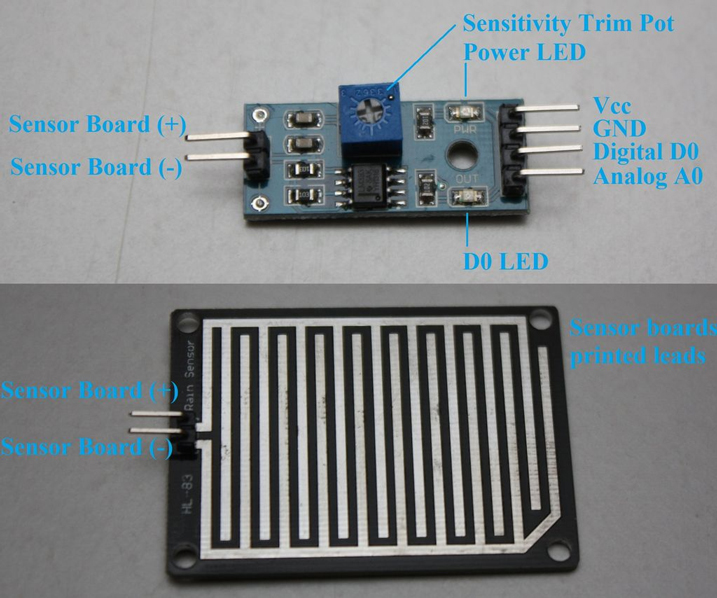
The rain sensor consists of two parts, the sensor pad and the sensor module. Whenever rain falls on the surface of the sensor plate, the sensor module reads the data from the sensor plate to process and convert it into analog output (Analog) or digital output (Digital). . Therefore, the output generated by the rain sensor will have two signal types, analog (Analog-AO) and digital (Digital-DO).
For the rain sensor circuit, it will consist of 2 parts:
The rain sensor is mounted outdoors
The programming circuit and sensitivity adjustment need to be shielded
Principle of operation
The rain sensor operates on the principle of comparing the voltage of the outdoor sensor circuit with a predetermined value (this value can be changed through a blue variable resistor), thereby emitting a relay on/off signal. crawl over DO's leg.
When there is water on the sensor surface (it rains), the conductivity is better and creates less resistance, the DO pin is pulled low (0V), the red LED will light up. Similarly, when the sensor is dry (it is not raining), the conductivity is poor and the resistance is high, the DO pin of the rain sensor module is kept high (5V-12V). So the output of the rain sensor mainly depends on the resistance. We should use low level relays with sensors.
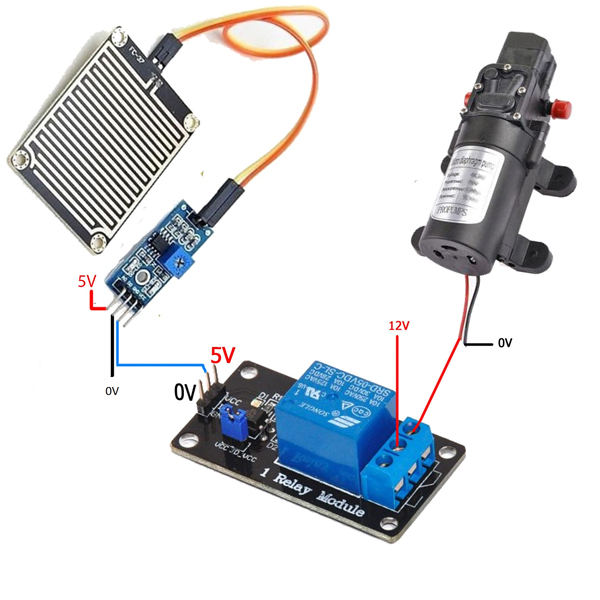
Magnetic sensors
Structure
Structure of magnetic sensor: magnetic sensor will be divided into inductor, sensor and signal processor; control output.

Principle of operation
When powered, current will flow through a circuit containing an inductor as the magnetic field across it changes. This effect is used to detect metallic objects interacting with magnetic fields. Non-metallic substances such as liquids or dirt will not interact with the magnetic field. Therefore, magnetic sensors can work well in dusty environments or in humid conditions.
The larger the size and cross-section of the magnetic sensor, the stronger the magnetic field emitted; This means the larger the area it can detect objects; The efficiency it brings will be higher.

Optical sensors
Structure
Optical sensors are made up of 3 parts: light emitter, light receiver and electrical signal processing board.
Light emitter: This part takes on the position of the photothermal sensor, emitting pulsed light. Depending on each manufacturer, there will be a separate light frequency designed. This part complements the light receiver part to distinguish light sources from sensors and many other sources.
Light receiver: This part is the part that receives light and then transmits the signal to the processing part.
Electrical signal processing circuit: This part receives the signal from the light receiver and converts the signal according to the transistor ratio into ON/OFF mode, this signal has a wider amplification.

3. Applications of sensors in life
For rain sensor
In practice, the rain sensor is used as a water conservation device and is connected to the irrigation system to turn off the system in case of rain, the device supports automation in pulling clothes drying racks, automatically closes when it rains,...
This sensor is also used to protect the internal components of a car against precipitation as well as support conventional windshield wiper operation.
It is also used in specialized communications satellites to activate a rain blower when an aerial feed door is opened, to remove water droplets from mylar wrap to keep pressure as well as dry air in waveguides.
Application of rain sensor to skylight pulling motor
For magnetic sensors
- Used to detect metals.
- Often used in beverage and canned food production lines; Counting products, electronic components, manufacturing components.

Optical sensors are widely used today from life to industry. Some real-life examples include:
Industrial production activities: canning and bottling process for products; Check for products lacking stamps and labels; moving products in conveyor lines; Check the product during washing,...
Ensure security and safety for systems: garage system, vehicle detection in parking lots, control of people and objects passing through security gates,...
Automatic water system when objects appear,...
Application in elevators
4. Top brands providing popular sensors on the market
Autonics brand
Autonics is a sensor and automation equipment manufacturing company headquartered in Korea. The company was founded in 1972 and is one of the world's leading sensor manufacturers. Autonics offers a wide range of different sensors, including temperature sensors, pressure sensors, humidity sensors, motion sensors, light sensors, etc.
Autonics sensors are used in many different fields, including:
Industry: Autonics sensors are used in automation systems, measuring devices, control devices,...
Agriculture: Autonics sensors are used in irrigation systems, monitoring systems,...
Medical: Autonics sensors are used in medical devices,...
Traffic: Autonics sensors are used in safety systems, control systems,...
Some popular types of Autonics sensors include:
Autonics temperature sensor: Autonics temperature sensor is used to measure the temperature of the surrounding environment. Autonics temperature sensors come in many different types, including resistive temperature sensors, thermoelectric temperature sensors, optical temperature sensors,...
Autonics Pressure Sensor: Autonics pressure sensor is used to measure the pressure of the surrounding environment. Autonics pressure sensors come in many different types, including resistive pressure sensors, electric piezo pressure sensors, capacitive pressure sensors,...
Autonics humidity sensor: Autonics humidity sensor is used to measure the humidity of the surrounding environment. Autonics humidity sensors come in many different types, including resistive humidity sensors, capacitive humidity sensors, optical humidity sensors,...
Autonics Motion Sensor: Autonics Motion Sensor is used to detect the movement of objects. Autonics motion sensors come in many different types, including optical motion sensors, electromagnetic motion sensors, ultrasonic motion sensors,...
Autonics Light Sensor: The Autonics Light Sensor is used to measure the light intensity of the surrounding environment. Autonics light sensors have many different types, including photoconducting light sensors, photoluminescent light sensors, photoelectric light sensors,...

Autonics sensors are highly regarded for their quality, durability and reliability. Autonics products are widely used worldwide.
For details, refer to Autonics Sensor at: https://amazen.com.vn/cam-bien/autonics.html
Brand Hanyoung
Hanyoung is a sensor and automation equipment manufacturing company headquartered in Korea. The company was founded in 1978 and is one of the leading sensor manufacturers in Korea. Hanyoung provides a variety of different sensors, including temperature sensors, pressure sensors, humidity sensors, motion sensors, light sensors,...
Some popular types of Hanyoung sensors include:
Hanyoung temperature sensor: Hanyoung temperature sensor is used to measure the temperature of the surrounding environment. Hanyoung temperature sensors have many different types, including resistance temperature sensors, thermoelectric temperature sensors, optical temperature sensors,...
Hanyoung pressure sensor: Hanyoung pressure sensor is used to measure the pressure of the surrounding environment. Hanyoung pressure sensors come in many different types, including resistive pressure sensors, electric piezo pressure sensors, capacitive pressure sensors,...
Hanyoung humidity sensor: The Hanyoung humidity sensor is used to measure the humidity of the surrounding environment. Hanyoung humidity sensors have many different types, including resistive humidity sensors, capacitive humidity sensors, optical humidity sensors,...
Hanyoung humidity sensor
Hanyoung Motion Sensor: Hanyoung Motion Sensor is used to detect the movement of objects. Hanyoung motion sensors have many different types, including optical motion sensors, electromagnetic motion sensors, ultrasonic motion sensors,...
Hanyoung Light Sensor: Hanyoung Light Sensor is used to measure the light intensity of the surrounding environment. Hanyoung light sensors have many different types, including photoconducting light sensors, photoluminescent light sensors, photoelectric light sensors,...
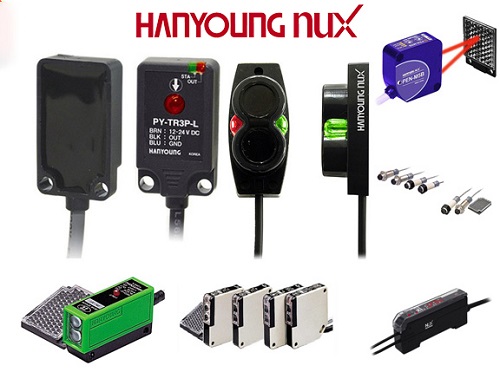
- High quality: Hanyoung sensors are manufactured on modern technological lines, ensuring high quality. Hanyoung's products are strictly tested before being shipped, ensuring they meet international quality standards.
High durability: Hanyoung sensors are made from high-quality, highly durable materials. Hanyoung products can operate in many harsh environments, ensuring long-term durability.
High reliability: Hanyoung sensors are designed with high precision, ensuring high reliability. Hanyoung products are used in many important applications, ensuring safety and effectiveness.
In addition, Hanyoung sensors also have a number of other advantages such as:
Reasonable price: Hanyoung sensors have reasonable prices, suitable for many customers.
- Where to supply genuine Hanyoung Sensors: https://amazen.com.vn/cam-bien/hanyoung.html
- Huba Control brand
Huba sensors are a product of Huba Control, a sensor and automation equipment manufacturing company headquartered in Switzerland. The company was founded in 1980 and is one of the world's leading sensor manufacturers.
The Huba sensor has a number of outstanding features, including:
High quality: Huba sensors are manufactured on modern technological lines, ensuring high quality. Huba products are strictly tested before being shipped, ensuring they meet international quality standards.
Highly durable: Huba sensors are made from high-quality, highly durable materials. Huba products can operate in many harsh environments, ensuring long-term durability.
High reliability: Huba sensors are designed with high precision, ensuring high reliability. Huba products are used in many important applications, ensuring safety and effectiveness.
In addition, the Huba sensor also has a number of other advantages such as:
High versatility: Huba sensors are available in a variety of types, meeting a wide range of application needs.
Reasonable price: Huba sensors have reasonable prices, suitable for many customers.
Here are some common types of Huba sensors:
Huba temperature sensor: Huba temperature sensor is used to measure the temperature of the surrounding environment. Huba temperature sensors come in many different types, including resistive temperature sensors, thermoelectric temperature sensors, optical temperature sensors,...
Huba Pressure Sensor: The Huba pressure sensor is used to measure the pressure of the surrounding environment. Huba pressure sensors come in many different types, including resistive pressure sensors, electric piezo pressure sensors, capacitive pressure sensors,...
Huba Humidity Sensor: The Huba humidity sensor is used to measure the humidity of the surrounding environment. Huba humidity sensors come in many different types, including resistive humidity sensors, capacitive humidity sensors, optical humidity sensors,...
Huba Motion Sensor: Huba motion sensor is used to detect the movement of objects. Huba motion sensors come in many different types, including optical motion sensors, electromagnetic motion sensors, ultrasonic motion sensors,...
Huba Light Sensor: The Huba light sensor is used to measure the light intensity of the surrounding environment. Huba light sensors have many different types, including photoconducting light sensors, photoluminescent light sensors, photoelectric light sensors,...
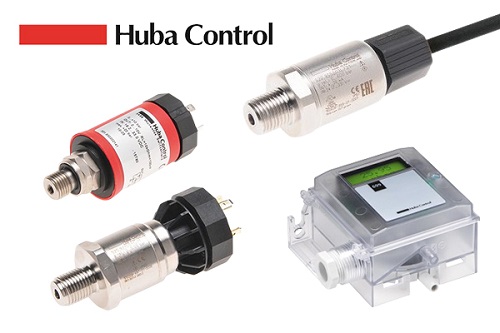
-
Huba sensors are used in many different fields, including:
Industry: Huba sensors are used in automation systems, measuring devices, control devices,...
Agriculture: Huba sensors are used in irrigation systems, monitoring systems,...
Medical: Huba sensors are used in medical devices,...
Traffic: Huba sensors are used in safety systems, control systems,...
- For more details, please refer to Huba brand sensors at: https://amazen.com.vn/cam-bien/huba.html
-
Fotek sensor
Fotek is a sensor and automation equipment manufacturing company headquartered in Taiwan. The company was founded in 1988 and is one of the world's leading sensor manufacturers.
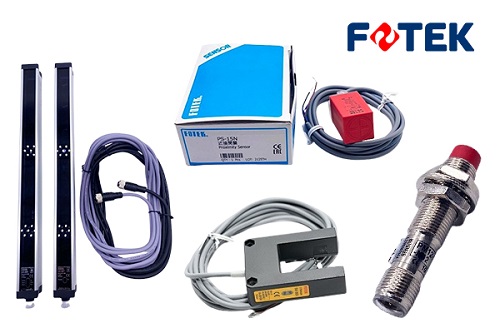
Fotek sensors at good prices at: Thiết bị tự động hóa Amazen
-
Advantages of Fotek sensors
Fotek sensors have a number of outstanding advantages, including:
High quality: Fotek sensors are manufactured on modern technological lines, ensuring high quality. Fotek products are strictly tested before being shipped, ensuring they meet international quality standards.
Highly durable: Fotek sensors are made from high-quality, highly durable materials. Fotek products can operate in many harsh environments, ensuring long-term durability.
High reliability: Fotek sensors are designed with high precision, ensuring high reliability. Fotek products are used in many important applications, ensuring safety and effectiveness.
High versatility: Fotek sensors are available in a variety of types, meeting a wide range of application needs.
Fotek sensors are a good choice for applications requiring high accuracy, durability and reliability. With high quality, high durability, high reliability, high flexibility, reasonable price and good after-sales service, Fotek sensors are a worthy choice for your applications.
Epilogue
Above is all the most important and basic content about the Fuse product line. Hopefully the article content will assist you in the process of learning, choosing to buy and operate this line of automation equipment.
In case you need to buy a semiconductor relay or have any questions or need further advice, please contact Amazen via:
Hotline: 0934 399 068 - Sales: 0938 072 058
Email: amazen@amazen.com.vn
With a team of highly specialized technical support and sales consultants, our company is confident that it will bring customers the best purchasing experience.
Amazen commits that all glass relay devices we currently provide are genuine, 100% brand new, quality guaranteed and fully accompanied by CO/CQ certification documents.